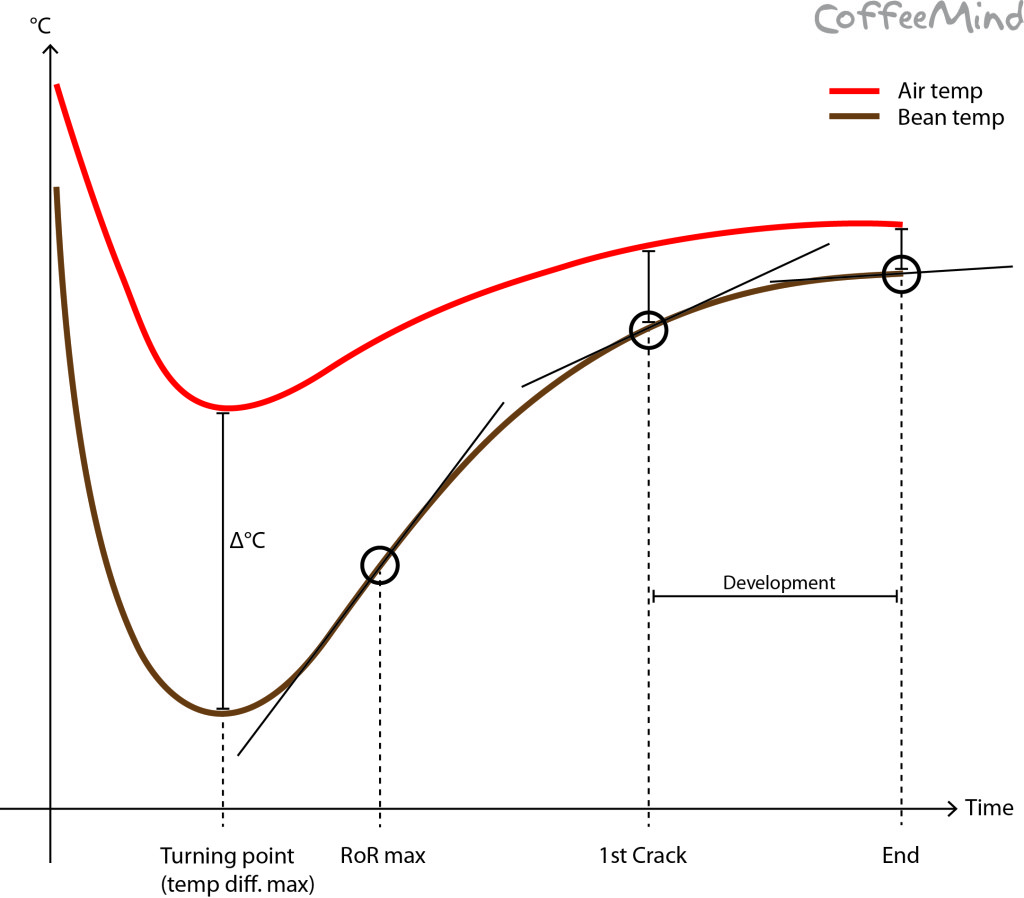So, here’s the thing… There are great piles of terrible, hard to use, unpleasant software applications in the world. No doubt, you use some of them every day. Anyone adore Microsoft Word? QuickBooks? Hopefully you’ve been spared the incredible disaster that is Lotus Notes.
“Programmers, deep in their thoughts of algorithms and code, ‘design’ user interfaces the same way that miners ‘design’ the landscape with their cavernous pits and enormous tailing piles. The software interface design process alternates between the accidental and the non-existent.”
Alan Cooper, About Face 2.0, p. 9.
It is a generally bad terrible idea to let programmers design software for anyone other than themselves. Interestingly, RoastLog consists of two programmers and a coffee expert. We don’t have any full-time professional designers (at least not yet). Does that mean we are doomed to ultimately create rotten software? No, I say! We’re not. The simple reason is that we understand why it often turns out badly when you build software like this:
- Sally gets an idea for what she thinks could be a useful piece of software.
- Sally hires some programmers and attempts to describe her idea to them.
- Long before Sally is finished with her description, the programmers know far better than she what it is that needs to be built.
- The programmers, sales people and marketers get busy.
In the end…
- The software is financially successful in spite of itself – desperate market, awesome sales and marketing, etc. Lots of people use it, but most of them hate it and feel that they don’t have a choice.
- The software fails because it makes no sense at all to the people who are meant to use it every day, and sales and marketing efforts failed to obscure that important point.
The big thing missing here is the User. Why, oh why don’t we just design for the user? The reason, I guess, is simple. Sally is not a typical user. Sally’s programmers are not typical users. Typical users are not software designers and in most cases don’t work in the software industry at all. Usually, the only connection between the designers and builders of software and the users is sales and marketing, but sales and marketing people are not typical users or software designers. Looking at things this way, it’s no wonder so much software is so crappy. The delta between users and creators is too big, and the people in place that link the designers and builders to the users are not qualified to facilitate the discussion.
Three ways RoastLog does things better:
First, RoastLog’s design is heavily influenced by what we learn from talking directly to people who roast coffee. We do not sit around in our little programming dens and dream up solutions to your problems and then laugh at what numbskulls you are for not understanding our incredibly awesome solutions. We listen to what you need, often relying on our coffee expert to help us understand, and then we build it. Then we do that again. And again.
We crave listening to anything that you have to say. Anything at all. Bring it, and watch our applications thrive.
Second, while we get a lot of satisfaction from solving geeky problems, we also get joy from seeing people really dig using our software. It is the later that I focus on. It doesn’t matter how freakin’ awesome the software is from our geeky perspective if people don’t enjoy using it. Words I’d like to see used to describe RoastLog – “beautiful”, “elegant”, “fast”, “simple”, “powerful”, “useful”. I will work and work and work until that is what I hear.
Third, the nature of web-based application development is profoundly helpful to us. We can release a new version of RoastLog whenever and as often as we like. The cost to us is low. The impact on our users is small. We’ve been doing exactly this, and we will continue to do so.
What this means is that the time between discussions with users about a change to the application and the implementation of that change will almost always be much shorter compared to the same process applied to old-school software development. RoastLog users who choose to take part in the discussion are fairly likely to see the changes they advocate show up in RoastLog.
See there. We’re doing it better. Come with us, and enjoy the ride.
